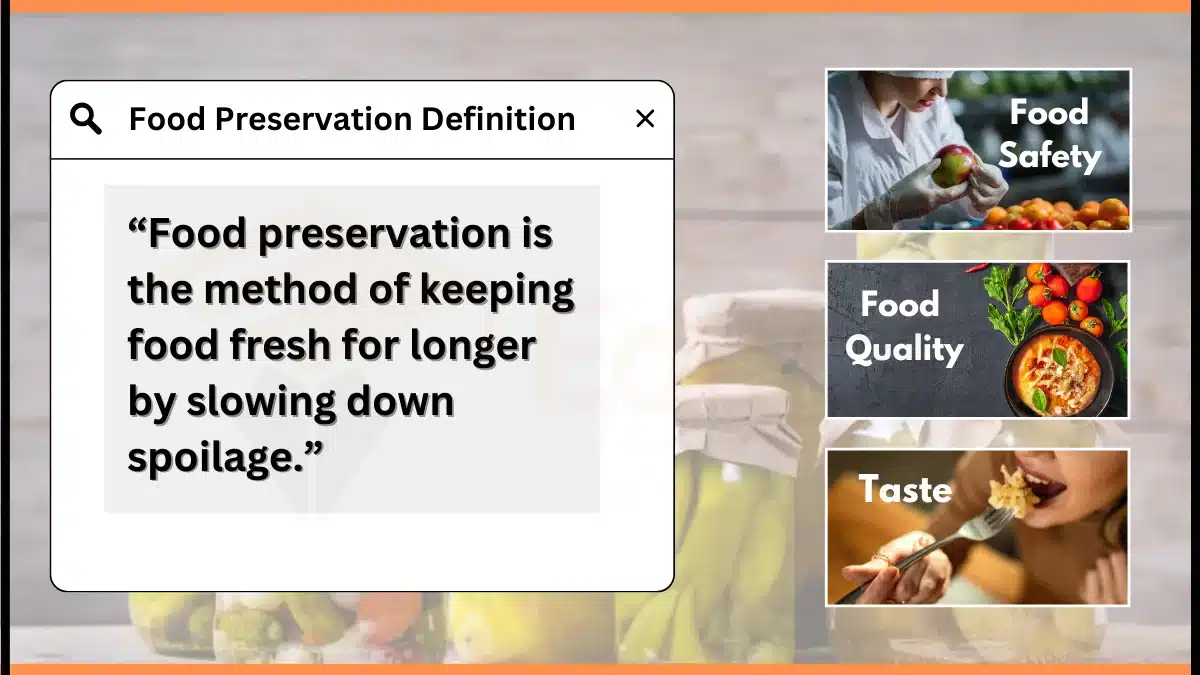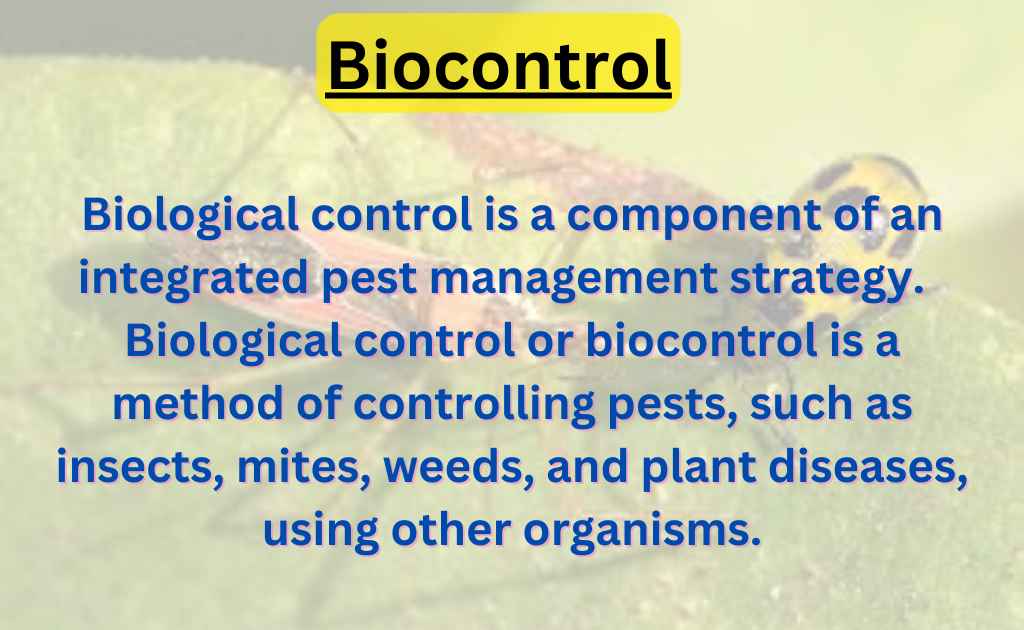Recombinant Insulin-How Is It Produced?
Biotechnology has changed the approaches in the medical field. Recombinant Insulin is one of the most important applications of Biotechnology. Recombinant insulin is need time because the traditional method of extracting insulin from animal pancreas has several limitations.
One limitation is that animal insulin is chemically similar to human insulin, but there are some differences, and these differences can lead to antibody attacks and inactivation as well as inflammation in many patients. Additionally, extracting insulin from animal organs makes it difficult to obtain large amounts of pure insulin.
That’s why recombinant Insulin has made it easy for diabetic patients to avoid allergic reactions.
Key Points
- Recombinant insulin is a form of insulin produced through biotechnology, using E.coli as the host organism
- The traditional method of extracting insulin from animal pancreas has limitations, such as risk of allergic reactions and difficulty obtaining large amounts of pure insulin
- Recombinant insulin is identical to human insulin and can be produced in large quantities
- Steps involved in the production of recombinant insulin include: cutting plasmids with restriction enzymes, incubating with E.coli, including an antibiotic resistance gene in the plasmid, allowing bacteria to grow and replicate, giving a signal for protein production, and purifying the produced insulin.
Composition of Insulin
Insulin is composed of two protein chains linked by disulfide bridges and is secreted in response to an increase in blood glucose concentration. Insulin was first discovered in 1921 by Frederick G. Banting and Charles H. Best, and later purified and its amino acid sequence was determined. Insulin is stored in granules in beta cells and released in response to a stimulus. Insulin secretion increases with hyperglycemia and the healthy adult pancreas contain approximately 200 units of insulin.
Recombinant Insulin
Recombinant insulin is a form of insulin that is produced through biotechnology techniques, it is created by inserting the gene that encodes for human insulin into a host organism such as E.coli. It has helped to eliminate the risk of allergic reactions caused by the usage of insulin extracted from animals like a pig.
Steps Involved In The Production Of Recombinant Insulin
Recombinant insulin is a type of insulin that is produced using biotechnology techniques. It is made by inserting the gene that encodes for human insulin into a host organism, typically a bacterium such as E. coli, which then produces the insulin protein. The insulin protein produced by the host organism is identical to the insulin protein produced naturally in the human body. This method of producing insulin allows for large quantities of pure, human insulin to be produced and eliminates the need to extract insulin from the animal pancreas, which can cause allergic reactions in some patients.
The following steps are involved in the production of recombinant insulin:
- Plasmids are cut with the same restriction enzymes as the DNA, which allows the DNA to be fixed into the plasmid by DNA ligase.
- The plasmids are then incubated with a weakened strain of E. coli.
- A gene encoding an enzyme that breaks down a certain antibiotic is included in the plasmid, which allows bacteria with the plasmid to grow on a plate containing the antibiotic while the other bacteria die.
- These bacteria are then allowed to grow and replicate, which allows the plasmid and the insulin gene to replicate millions of times.
- The bacteria are given a signal to produce the protein, and insulin identical to that of humans can be produced and purified.
- This insulin, named humulin, can be used to treat many people with type I diabetes without the worry of allergic reaction.

Latest Research In Field of Recombinant Insulin
- A patient with PAPP-A2 deficiency was treated with recombinant human IGF-1 for 5 years, resulting in growth improvement. PAPP-A2 deficiency causes growth failure and low free IGF-I despite elevated total IGF-I. The study also looked at the phenotype of PAPP-A2 deficiency in three siblings. [1]
- Choosing the appropriate insulin immunoassay is crucial to differentiate between factitious hypoglycemia and true hypoglycemia. Various insulin assays have different sensitivities and specificities, and some are more prone to interference from exogenous insulin. [2]
- Scientists have revolutionized diabetes therapy with insulin therapy using purified insulin from the animal pancreas. Recombinant human insulin was developed with improved features, but β-cell replacement therapy may upend insulin treatment for diabetes in the future. [3]
- Insulin aggregation was investigated in vitro using biophysical approaches. Cetyltrimethylammonium bromide (CTAB) induced aggregation at low concentrations at pH 7.4, but not at higher concentrations. At pH 2.0, CTAB did not promote aggregation. Electrostatic and hydrophobic interactions may induce aggregation. [4]







Leave a Reply